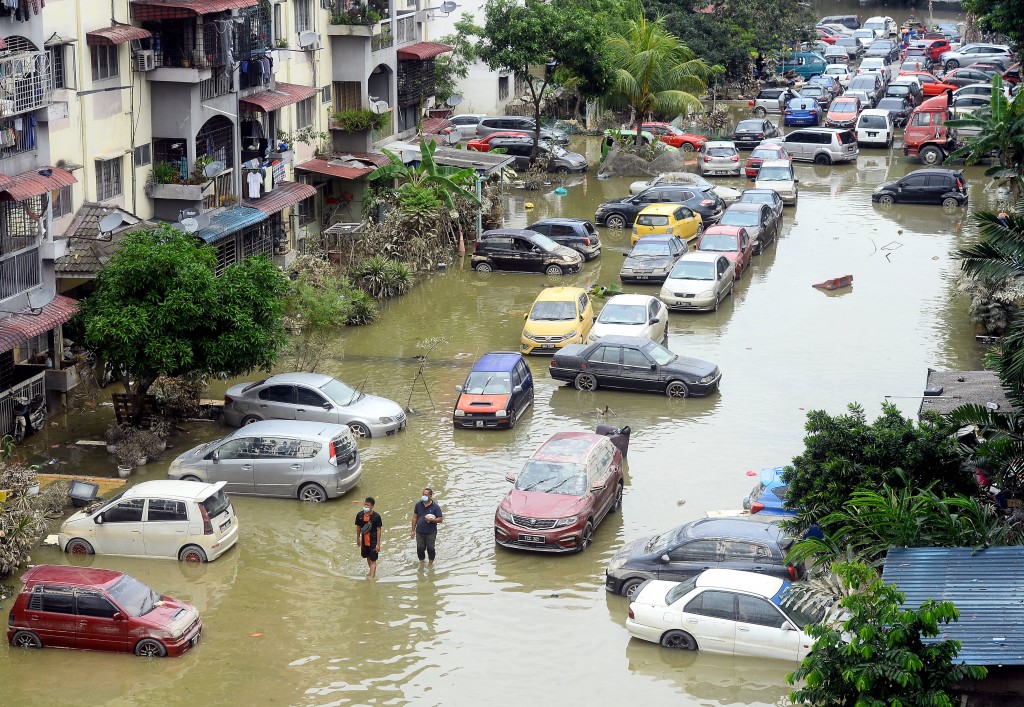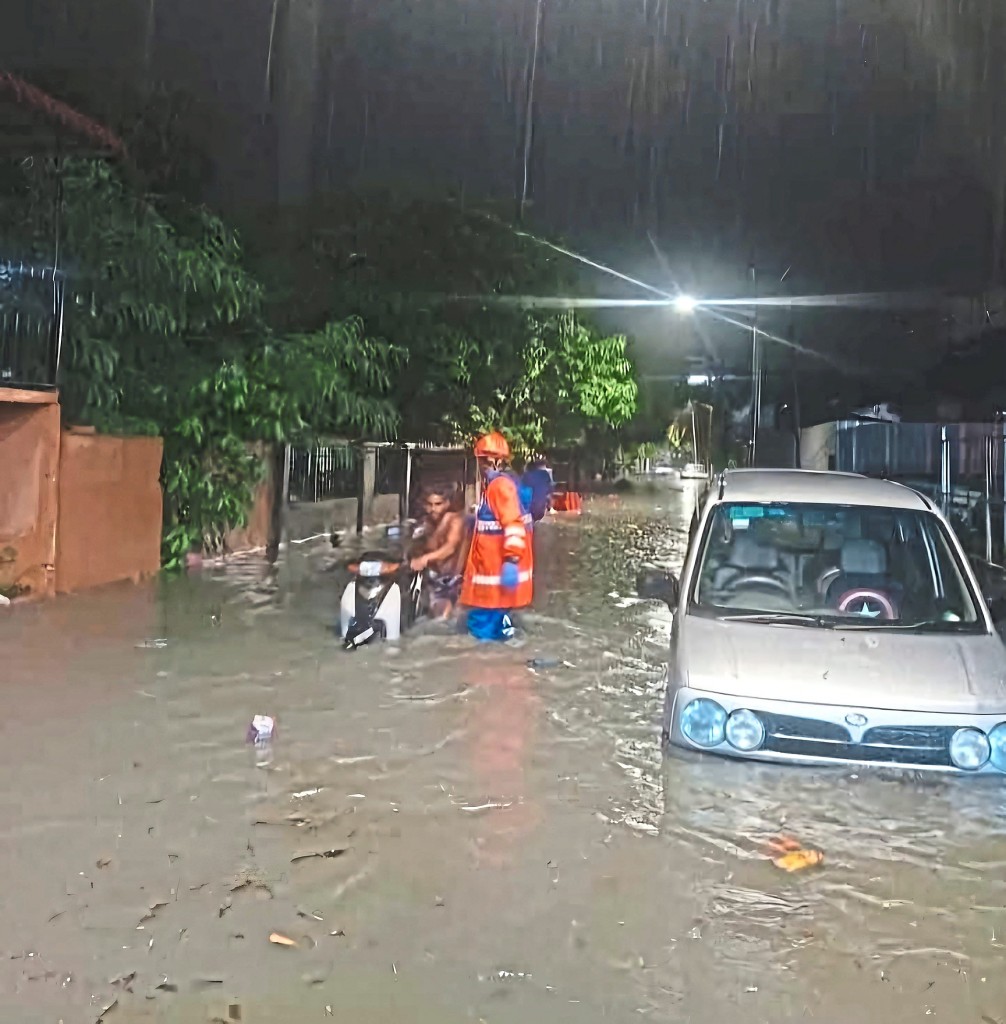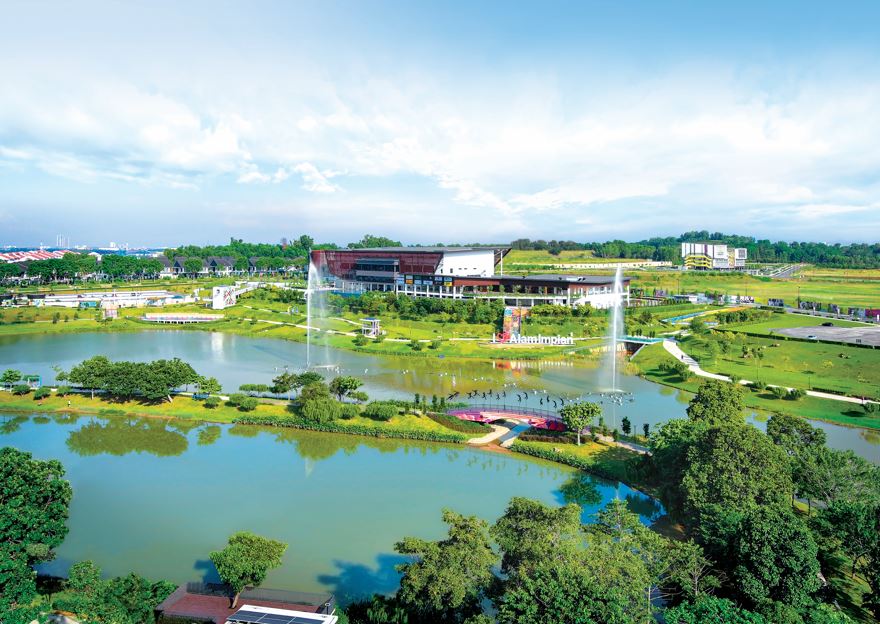
By the end of November 2024, nearly 139,000 individuals were displaced from floods that swept through Malaysia's northern states.
To date, nearly 139,000 individuals have been displaced due to the relentless rains
Malaysia, a nation renowned for its dewy rainforests, cultural rainbows and bustling cities, has been facing a surging challenge that threatens its people and infrastructure: Flooding. In particular, the year 2024 stood out for its unfortunate string of tragedies, witnessing an unprecedented series of floods that left a big impact on the nation's landscape and rattled citizens. While Malaysia has a history of flooding, the intensity and frequency of these events have skyrocketed anxiety surrounding safety and general readiness, pushing authorities and citizens alike to face issues surrounding preparedness and resilience.
Breaking previous records
The consequences of the floods were grievous. By the end of November 2024, nearly 139,000 individuals were reported as displaced due to the relentless rains that swept through Malaysia's northern states, shattering previous records. This figure alarmingly exceeded the approximately 118,000 people displaced during one of the worst flooding incidents in 2014, suggesting a disturbing trend of worsening conditions. Disaster officials cautioned that the number could increase further, as the torrential downpours showed no signs of receding.
Kelantan was particularly hard hit, with the state accounting for a troubling 63% of the affected population, according to the National Disaster Management Agency (NDMA). Over 39,200 individuals were evacuated in Terengganu, alongside substantial displacements recorded in seven other states. The relentless rainfall transformed towns like Pasir Puteh into inundated landscapes, where residents navigated through streets filled with hip-deep water, often struggling to reclaim what little remained of their homes and possessions.
Damage beyond property
The devastating impact of these floods goes far beyond the immediate loss of property. The displacement of thousands has forever changed the lives of families, forcing them into evacuation centres where they face not only the loss of their homes but also the emotional and psychological toll associated with such a cruel fate. The connection to their homes, their safe spaces once a source of security was washed away, leaving many to grapple with a painful sense of uncertainty about their future and well-being.
Economically, the consequences of the floods were tragic as well. Small and medium-sized enterprises (SMEs), which form the backbone of Malaysia's economy, experienced severe financial setbacks due to property damage and supply chain disruptions. The agricultural sector, vital for both livelihoods and food security, saw crops and livestock lost to rising waters, driving farmers into distress and threatening food availability across the country. The Malaysian government was obliged to allocate substantial funding for immediate relief and long-term rehabilitation efforts, placing additional strain on public finances already stretched thin by the damages left behind by the floods.
The floods have also highlighted and exacerbated existing social inequalities in Malaysia. Marginalised communities, often living in flood-prone zones due to socioeconomic constraints, are disproportionately affected. These individuals typically lack the financial resources or social networks necessary for rapid recovery, leaving them vulnerable to prolonged economic and social hardships.
Dams and warning systems
There are so many processes the relevant authorities need to stay on top of to mitigate the impact of future disasters. This includes investing in proper flood mitigation infrastructure, such as dams and drainage systems. Additionally, urban planning and land-use policies must prioritise sustainable development practices that minimise environmental impact and reduce flood risks. Early warning systems can also play a crucial role in alerting communities to impending floods, allowing for timely evacuation and preparedness measures.
Furthermore, raising public awareness about flood safety and resilience is essential. Education campaigns can empower individuals and communities to take proactive steps to protect themselves and their property. This may involve elevating homes, installing flood barriers and creating emergency plans.
What other countries do
As extreme weather events intensify, flooding has emerged as a major global challenge. To mitigate the risks and protect communities, innovative solutions are being implemented worldwide. The World Economic Forum lists some interesting methods employed by several countries.
One such solution can be found in the Netherlands, where architects have designed floating homes that rise with the water level, minimising damage. These sustainable dwellings, equipped with solar panels and efficient heating systems, offer comfort and resilience in flood-prone areas.
Another innovative approach is evident in Vienna, where a parallel channel was constructed to divert excess water from the Danube River during floods. This ingenious engineering feat safeguards the city and its inhabitants from the devastating impacts of river overflow.
China's Sponge City concept is a nature-inspired urban design approach that involves creating environments capable of absorbing and retaining rainwater. By incorporating green spaces, permeable pavements and water bodies, cities can become more resilient to extreme weather events.
In Denmark, a rainwater management system known as a Green Climate Screen is designed to handle water runoff from neighbouring buildings using natural processes. Rainwater is directed from the gutter to the top of the screen, where it is distributed across the structure and absorbed by mineral wool behind willow panels. Most of the water can then evaporate and any excess water is directed into a planter beneath the screen or diverted to other green areas nearby during heavy rainfall. In times of very heavy rainfall, water is redirected to areas designed to hold large volumes of water, helping mitigate flood risks.
Advanced technologies like artificial intelligence (AI) and satellite imagery are revolutionising flood forecasting. By analysing vast amounts of data, these tools can predict flood events with greater accuracy, allowing communities to take timely preventive measures.
As the world grapples with the increasing frequency and severity of the natural disaster, these innovative solutions offer hope for a more resilient future. By combining technological advancements with nature-based approaches, we can mitigate the risks and protect our communities from the devastating impacts of flooding.
However, addressing the root causes of the problem requires a global effort to combat climate change. Reducing greenhouse gas emissions and transitioning to renewable energy sources are crucial steps in mitigating the intensity and frequency of extreme weather events. International cooperation is vital in sharing knowledge, technology and resources to build climate resilience.
The torrents this year serve as a stark reminder of the increasing vulnerability of the nation to climate change-induced disasters. While the immediate focus is on relief and rehabilitation, long-term solutions must be implemented to ensure the country's resilience in the face of future challenges. By investing in infrastructure, promoting sustainable practices and raising public awareness, Malaysia can strive to build a more resilient and flood-resistant future.
Stay ahead of the crowd and enjoy fresh insights on real estate, property development and lifestyle trends when you subscribe to our newsletter and follow us on social media.















































